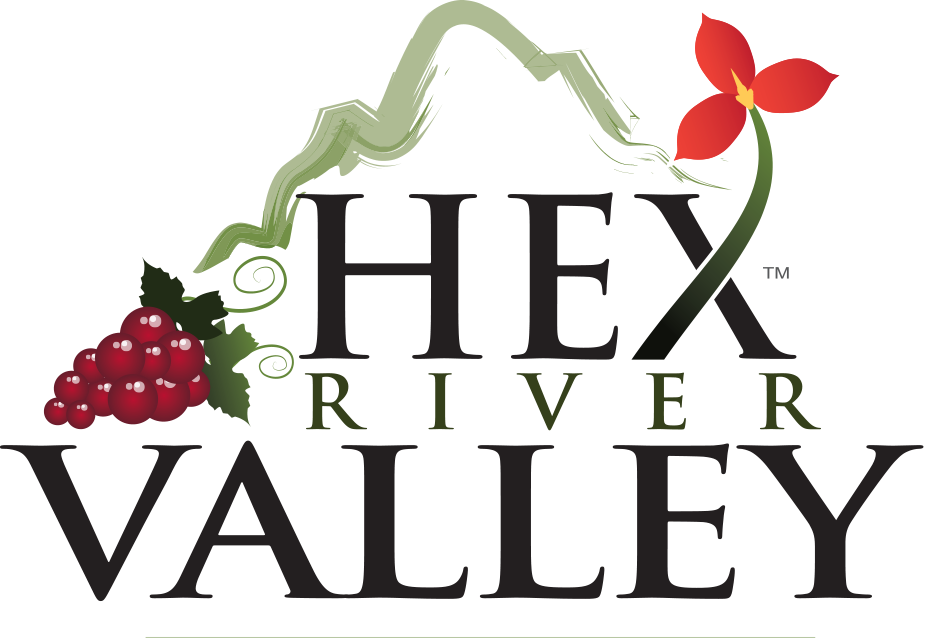ABOUT THE HEX
The Hex River Valley is a place of breathtaking mountain and vineyard vistas with beauty in every one of the marked seasonal changes. The glorious variety of vineyard colours during autumn gives way to the splendour of snow-capped mountain peaks in winter. Spring brings the magic of pale new growth to the vineyards and during summer grape producers harvest the crisp, sweet table grapes for which the valley is famous.
ESCAPE TO DE DOORNS
The valley is the gateway between the Western Cape’s Winelands region and the coast beyond to the south and the plains of the Great Karoo to the north. The valley is both a geological and floral transition zone and the valley forms part of the Karoo climate region.
Agricultural Tours during harvest season (January – February), are highly recommended. The Beauty of the autumn colours of the valley’s vineyards attracts many visitors and photographers to the annual Autumn Splendour events hosted during this season. The valley has a range of bespoke outdoor adventures and accommodation types to suit every potential client. These include accommodation in town or on farms, for business or a much-needed getaway. Escape to De Doorns, explore the unseen and experience adventure!
HISTORY OF THE HEX
The latter extension took place next to the Sonderend River, while those in the Land van Waveren were situated next to the Breede River with an extension in the Exe River Valley (called that, due to streams and ox wagon routes crisscrossing each other). At that time a desolate paradise for wildlife like elephants and buffalo. The first pioneer to risk coming into the valley with his livestock to graze, was Roelf Jantz van Hoeting.
He was the first to receive a license to graze his livestock ‘under the mountains of Red Sand above the Rock of the Lions’. This was an auspicious date for the valley – the beginning of its modern agricultural history and the advent of European settlement in an area that had belonged only to the Bushmen and the wild animals, which they hunted for their food. Other cattle keepers followed Van Hoeting to the valley. Official names of farms began to feature in the records: on 8 December 1723, for instance, Vendutie Kraal (the sale pen) was granted to Jacob van der Merwe and the name of the farm hints at an establishment industry in cattle breeding and auction. In view of the value of land in the valley today it is interesting to note that Mr. Van der Merwe paid 24 rixdollars (R12) for his grant and agreed to deliver one-tenth of his grain crop each year to the landdros of Stellenbosch; the latter part of the deal he could quite easily evade by not growing any grain at all!
By the end of the 18th century six farms had been granted, covering all the best reaches of the valley. Kanetvlei (named after the type of reeds in the marsh there) was in the hands of the Stofberg family; Roodesand was owned by the Jourdans and noted for the quality of its Madeira-type wines; Vendutiekraal belonged to the Van der Merwes; Modderdrift was owned by the Conradies; De Doorns (the thorns) was the home of the De Vos family, whose hospitable home was already recognised as the natural community centre of the valley; Buffelskraal, a farm at the upper end of the valley, was owned by another branch of the same De Vos family.
Each farm had a handsome Cape-Dutch style farmhouse and it is in one of these, on Buffelskraal (this section of the farm today known as Clovelly), that the legend was born of the fair ghost (the hex or witch) who is supposed to haunt the Hex River Mountains.

